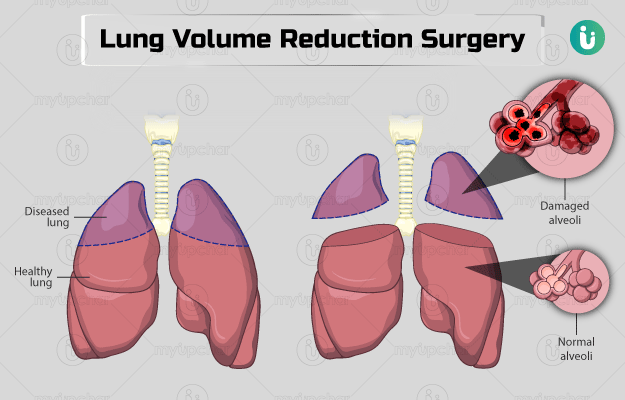Summary
Lung volume reduction surgery is performed to improve breathing in patients who have lung damage due to conditions severe emphysema (a condition in which the individual finds it harder to breathe or has shortness of breath).
Before the surgery, you will need to undergo various tests to check the efficiency of your lungs. You must restrain from smoking for up to six months before the surgery. You would be asked to abstain from eating and drinking from midnight before the surgery until you are fit to eat/drink again. The procedure will be done under general anaesthesia. During the surgery, the surgeon will remove the damaged/affected portion of your lungs. After the surgery, your surgeon will tell you about the care/precautions needed to ensure a quick recovery.






































